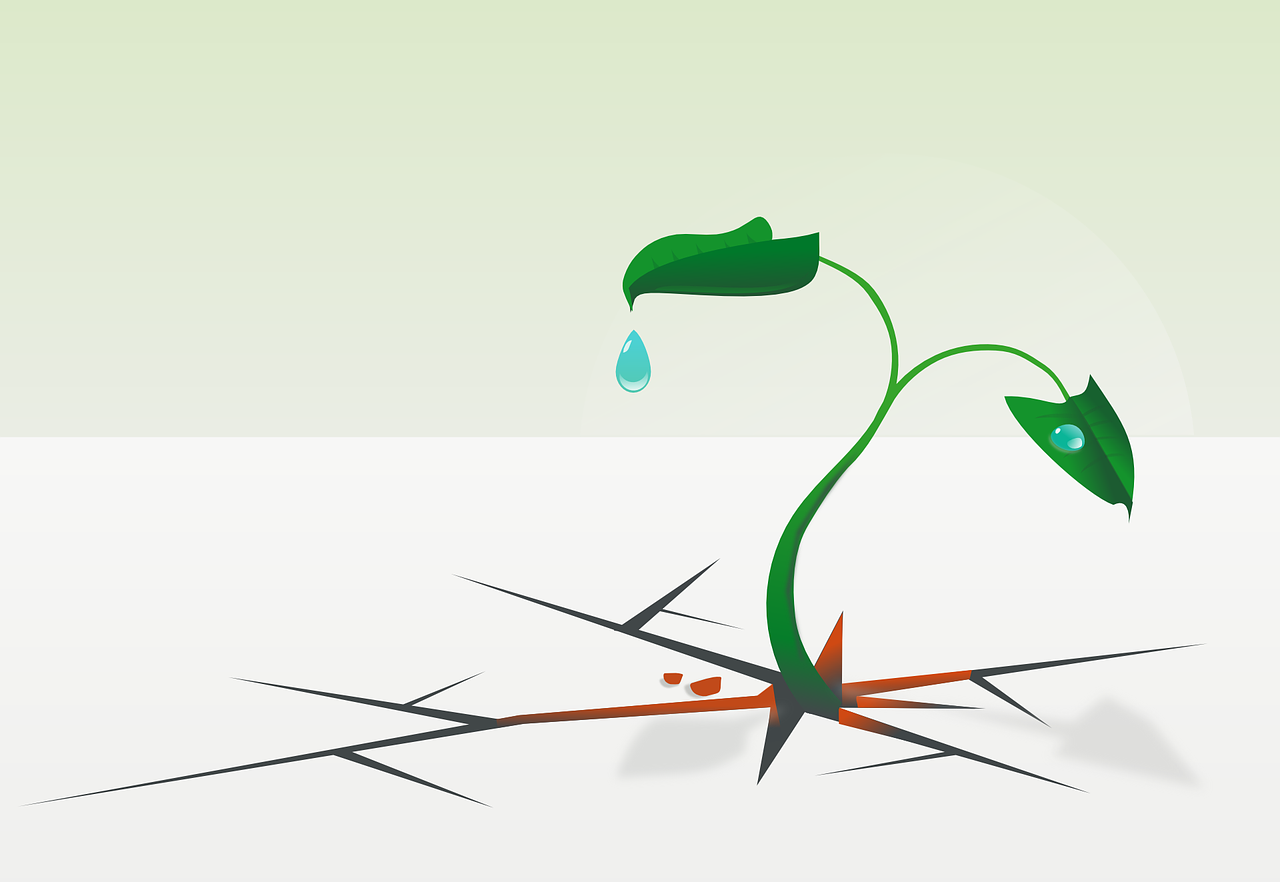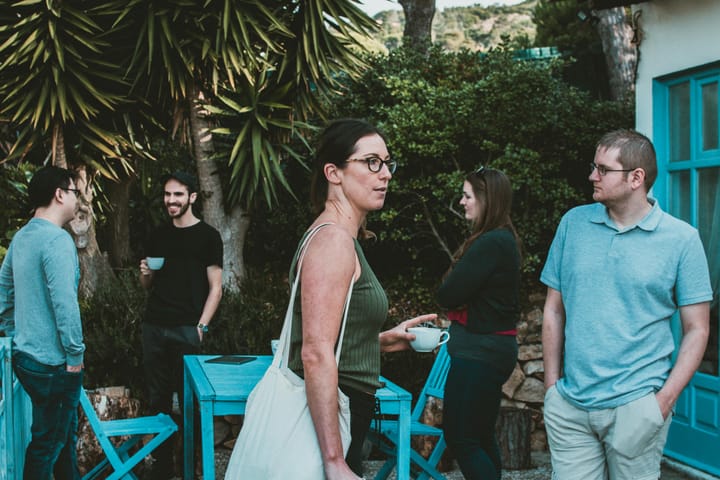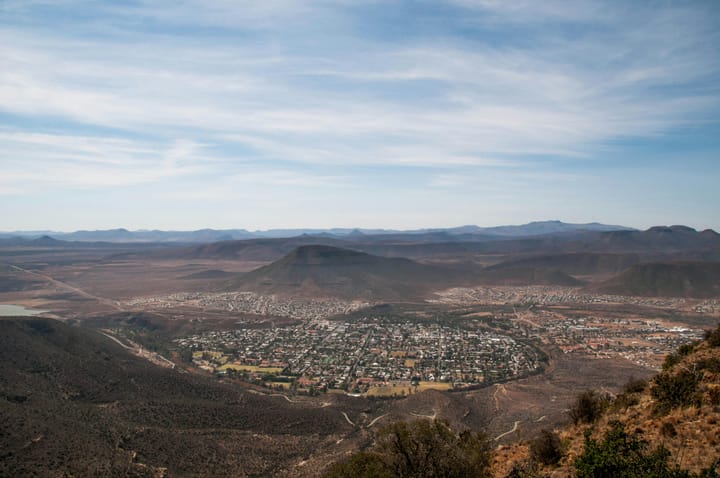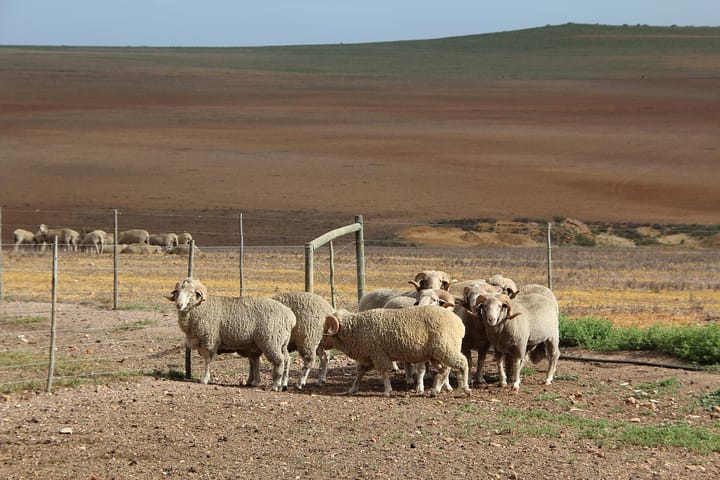How water scarcity shapes Karoo literature
Hooper and Rawlins detail how both presence and absence of water carry narrative weight in the Karoo.

In the Little Karoo water is an active force - present or absent - shaping environment, livelihoods and, as Reading Water in The Little Karoo shows, literature itself.
Scholars Myrtle Hooper and Isabel Rawlins approach Pauline Smith’s stories through an ecocritical lens, asking us to “read for water” by focusing on how the region’s streams, springs and droughts challenge conventional readings of her work.
About Pauline Smith’s The Little Karoo
Published in 1925, Pauline Smith’s The Little Karoo is a celebrated collection of short stories set in the semi-arid valleys and small farms of the Klein Karoo, particularly around Oudtshoorn.
Smith, born in Oudtshoorn but educated in Scotland, drew deeply from her childhood memories of the region’s ostrich farms, mission villages and remote farmsteads.
Her stories focus on ordinary rural people living within a harsh but spiritually charged environment.
What makes The Little Karoo unique is its precise attention to place. The land is not just setting but an emotional and moral presence.
Sparse rainfall, cracked dams and dry furrows reflect the struggles of her characters, while sudden streams or mountain springs offer moments of grace.
Many South African readers see Smith’s work as one of the first to give the Klein Karoo a distinct literary voice shaped as much by drought and distance as by community and endurance.
Water as ecocritical agency
Earlier critics argued that Smith’s semi‑desert setting creates a confined world, limiting her characters and their moral horizons.
Hooper and Rawlins instead highlight the mobility of water - its “energetic processes” and presence crossing boundaries - as a counter to that view.
In agrarian stories about farms around Calitzdorp or Ladismith, water is depicted not merely as a backdrop, but as a force capable of granting life, marking death or acting as spiritual presence when it’s absent at a tank, or present in a mountain stream.
Ecological space and literary valency
Drawing on Hubert Zapf’s concept of cultural ecology, the authors articulate how Smith’s stories operate in “ecological space” by enmeshing human culture with water’s material agency.
This conceptual shift reframes Smith’s Karoo not as a passive environment, but as one actively interacting with people: water shapes decisions, spiritual states and moral reckonings.
Presence and absence as narrative pivot
Hooper and Rawlins detail how both presence and absence of water carry narrative weight in the Karoo. In “The Pain”, the difference between brackish dam water and a clear mountain stream is not just sensory - it frames the spiritual and emotional arc of Deltje, the old woman in the story.
Meanwhile in “Desolation”, the Great Karoo’s drought is almost a protagonist - its absence of water drives the plot and deepens the region’s verlatenheid, its desolation.
What this approach means now
By highlighting water’s valency - that is, its capacity to react, affect and catalyse meaning - the research invites modern readers to see the Karoo through ecocritical eyes.
Critics like Isabel Hofmeyr, Sarah Nuttall and Charne Lavery participated in a movement dubbed “reading for water”, which reorientates South African ecocriticism around hydrological agency and cultural interdependence.
This perspective matters more now than ever. As the Karoo faces ongoing water scarcity, these ecocritical frameworks help contemporary writers and readers understand how scarcity is woven into landscape, community and moral complexity.
Smith’s early century stories were rooted in farming valleys and township springs; today’s eco‑writers continue to explore those same interactions: from tank water’s taste to the depth of boreholes drilled near Swartberg foothills.
The Reading Water article reframes Pauline Smith’s Karoo as an ecosystem in motion, where literature cannot escape water’s force - from falling rain, drying dams or shimmering mirages.
This ecocritical shift reveals that the Karoo’s literary river has always been alive, never passive or empty. Water remains, in Hooper and Rawlins’s words, “an ecological space” where human stories are inseparable from the hydrology around them.





Comments ()